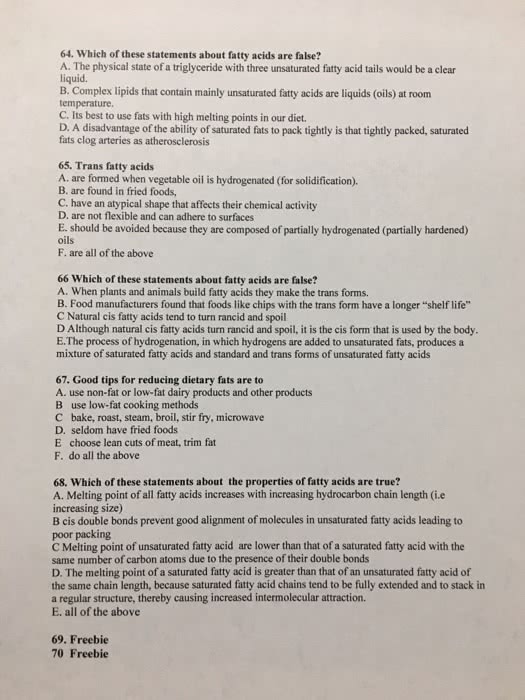CHEM237 Lecture 9: CHEM237-13-Ch9-LipidsandMembranes-annot.PDF
Document Summary
Topics fatty acid/lipid types biological membrane structure: lipids, membrane proteins. Generally water-insoluble, organic solvent soluble: fatty acids. Length of chain: 12-24 carbons, usually even # of c. Comparison of melting temperatures of saturated (no c=c) and unsaturated (contain c=c) fatty acids: increasing length of chain increases mp. Due to increased intermolecular vdw interactions as size of molecule increases. Vvp, vv: increasing # of c=c decreases mp. Due to weakening intermolecular interactions from less effective packing. Lipids and membranes p3 of 15: storage lipids: triacylglycerols. 3 fatty acids esterified to a glycerol molecule: 2 or 3 different fatty acids: mixed triacylglycerol. Lipids and membranes p4 of 15: phospholipids = glycerophospholipids. Glycerol with two fatty acids and a phosphate-containing head group: X groups and fatty acid groups can vary. Lipids and membranes p5 of 15: sphingolipids. Based on amino alcohols, sphingosine or dihydrosphingosine, instead of glycerol. Their n-acyl fatty acid derivatives are known as ceramides.


